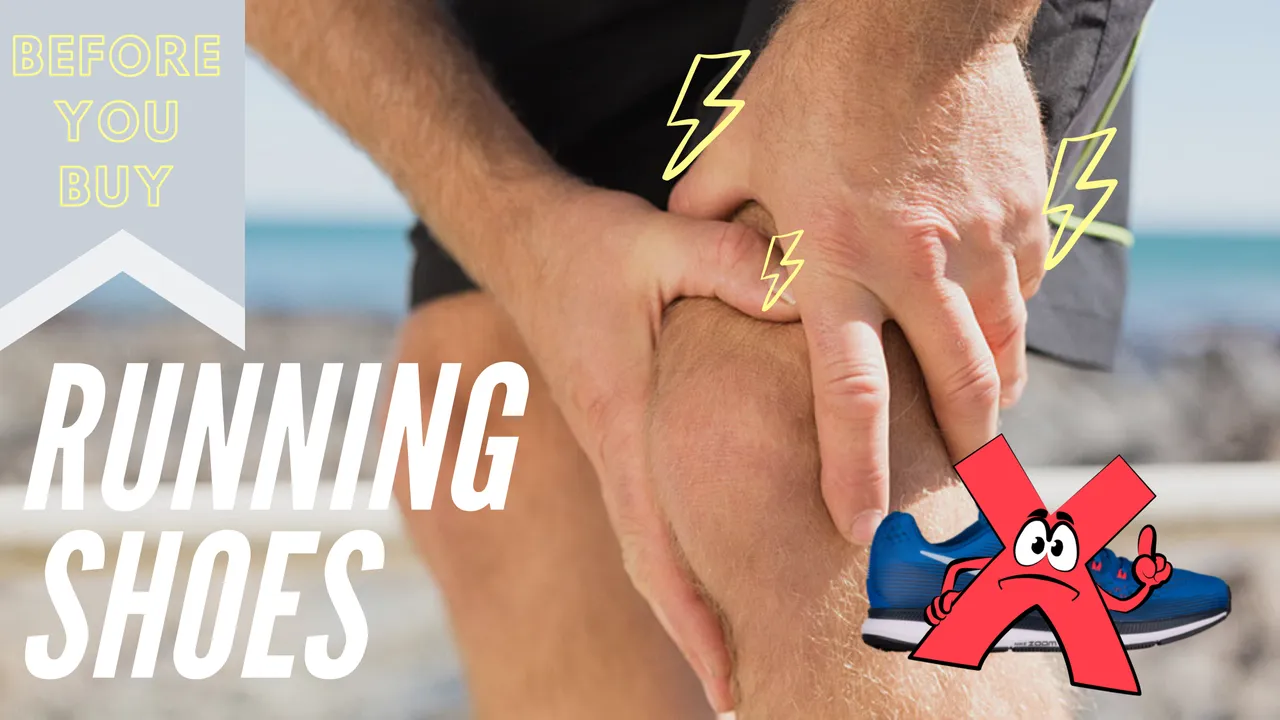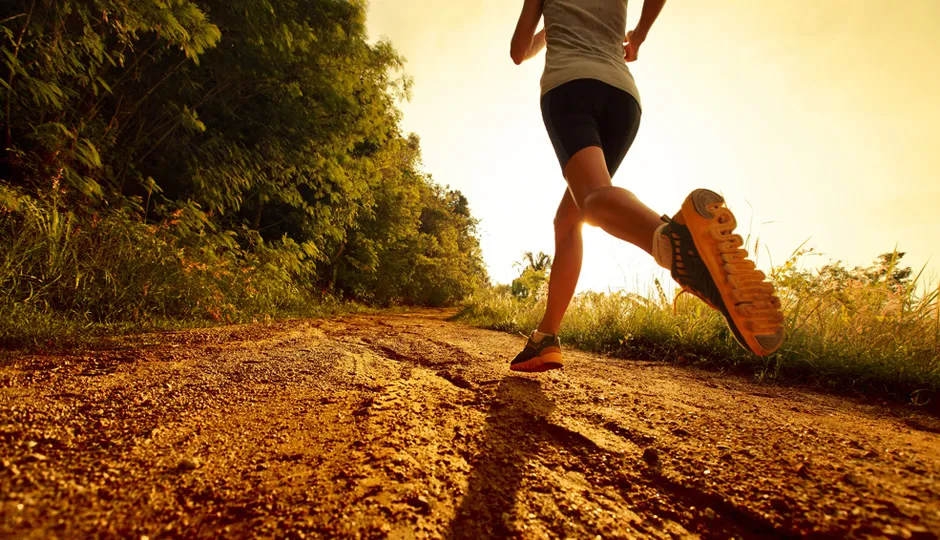If you've ever been in the market for a new set of trainers, it's easy to quickly become overwhelmed the the sheer number of running shoes on display. The competition is fierce as companies like Nike, Mizuno and Adidas vie for your attention, and your wallet! Prices for the latest running shoe technology can run upwards of $200!.. But there are probably a few things you should know...
Before you buy... Running Shoes!
Since running, either as a hobby or competitively, became mainstream in the 1970s, big names in fitness have been in a race to capitalize on it.
Running shoe technology has swung from traditional cushioned running shoes, to minimalist shoes (such as the Vibram Five Fingers), and in the complete opposite direction towards maximalist shoes (think Hoka One One Bondi 6)
If you've ever wandered into a shoe store unprepared, chances are you found yourself overwhelmed with an ungodly range of choices, and (often conflicting) information proselytized by the sales person.
You may have even been subjected to some sort of awkward training examination by being asked to run on a treadmill while a 3D computer model analyzed your running form. After that, the sales person would look at your results and throw fancy running terms at you like "heel strike" or "over-pronation". After disappearing into a stockroom fortress, they often return with two or three of the most overpriced pairs of shoes they can find, swearing that these are the best for your personal running style.
Before you are herded to the register to shell out a lot more than you expected.. here are a few things you should know:
- Unfortunately there has not been a trend of runner's injuries being alleviated by any particular shoe design whatsoever. Despite some brands claims, the frequencies of reported injuries due to running has remained undiminished over the past 40 years. src
- Foot-Pronation (the natural rotating of the foot to one side or another when running) has not been found to be a strong predictor of running injuries. src
- Likewise, there is no supporting evidence that impact forces, such as heel-strikes, can be contributed to running injuries. src
- Running shoes, particularly those on the price-range extremes, have been found to cause more harm than good. Looking over a hundred thousand customer reviews, reapeatrun.com found that the top ten most affordable shoes outperform the top ten most expensive ones on the market. src
 [Nike HyperAdapt 1.0 was set to retail at a ridiculous $720 US!] src
[Nike HyperAdapt 1.0 was set to retail at a ridiculous $720 US!] src
The take away is this: No shoe company has found the "magic formula" for preventing running injuries, or even making you faster. Shoes are an accessory to running and should be treated as such.
If you are concerned about preventing injuries while running, consider this: studies show that comfort and natural skeletal movement path were the biggest indicators of reduced injury rate related to shoes. src Meaning, you should look for shoes that feel comfortable and allow you to run as you would naturally. Many of the shoes developed to correct pronation or impact strike are actually causing more harm than good by altering the way that you move your body while running.
Simon Bartold, a well-known sports podiatry and biomechanics expert, recommends when shoe shopping, be aware of..
what you’re looking for and how you’re going to use the shoe, such what surface you’ll be running on and those sorts of factors.
Narrow the options down to three pairs. One will probably not feel right straight away, so get rid of that one. Then, of the two remaining, pick the most comfortable one. src
Don't expect the shoe to do all of the work though. Running is a high-impact sport, and if you are not staying active, building up proper muscles, and looking into other factors such as running surface, you are bound to be injury-prone.
Matt Fitzgerald of Podiumrunner.com put it succinctly, "If you really want to reduce your injury risk as much as possible, by all means, consider your footwear, but also lose weight (if necessary), switch to soft surfaces and do stuff besides running to strengthen those stabilizing muscles."


